 |
| VNPT staff check and reconnect the network system for customers |
Existence, passive
The prolonged floods in late October and early November caused many areas in Hue City to be deeply flooded, especially low-lying areas. Many places lost signal and had their internet connection interrupted. However, the local communication system was basically maintained, contributing to the effective direction and management of natural disaster prevention by authorities at all levels.
Due to the recent floods, due to deep inundation and widespread power outages, some telecommunications companies were unable to operate their backup generators, causing 265 BTS stations to be interrupted during peak days. Of these, VNPT lost 110 stations, Viettel 35 stations and MobiFone 120 stations. When the water receded and power was restored, the stations quickly recovered and operated stably.
Mr. Phan Van Hoai, Director of MobiFone Hue, said that the recent floods have significantly affected the operations of telecommunication signal transmitting and receiving stations. MobiFone Hue has mobilized all its forces to fix the problem and maintain communication for the people. Learning from the flood in late October, the unit has overcome the situation by arranging backup BTS stations, preparing fuel supplies and mobile generators for the stations and enhancing on-site rescue capabilities.
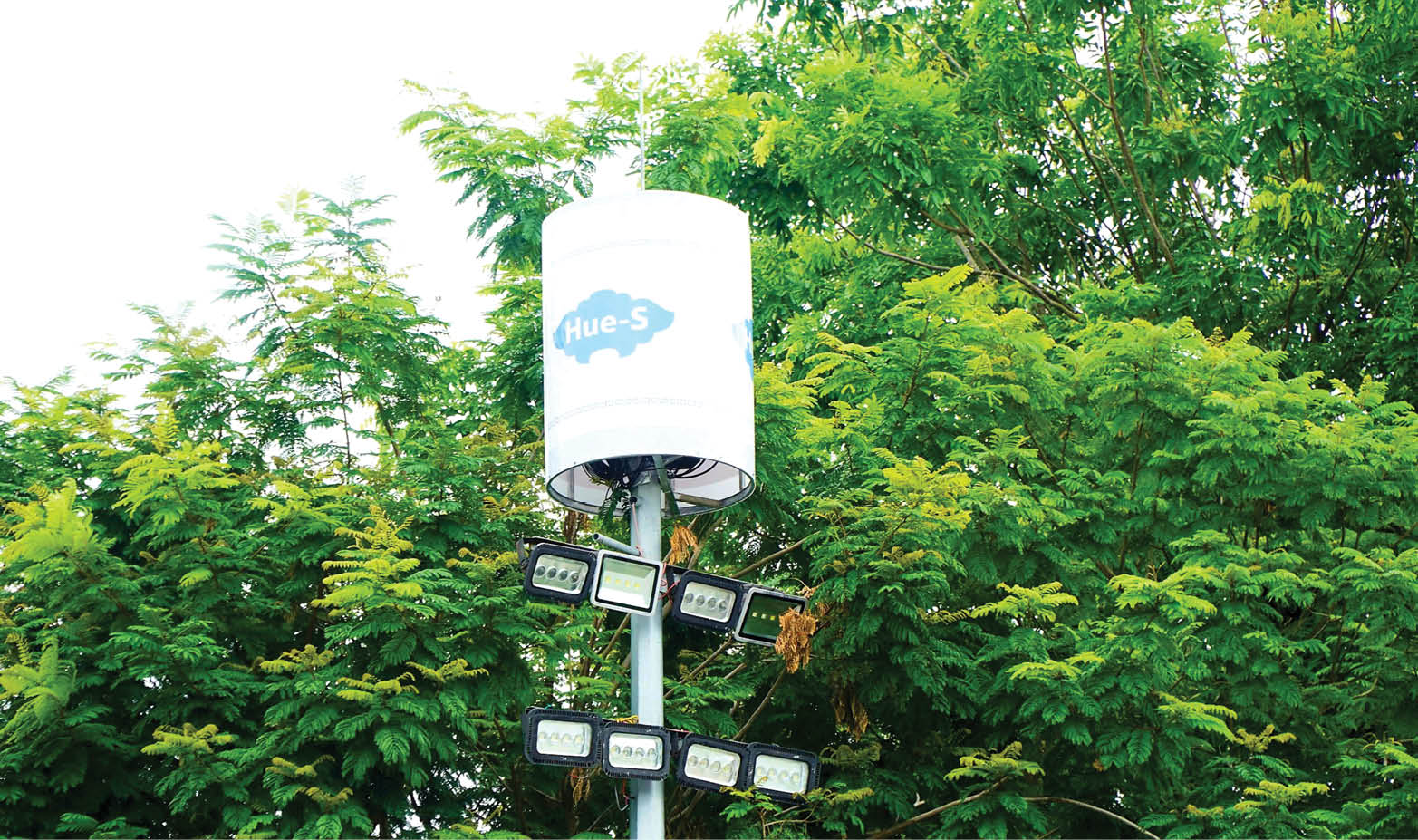 |
| Eco-friendly camouflaged BTS pole combines lighting, surveillance cameras, wifi and Hue-S platform |
In fact, Hue's digital telecommunications infrastructure in the 2020 - 2025 period has achieved many positive results: 100% of villages and hamlets are covered by mobile and fixed broadband, the rate of households connecting to fiber optic Internet is 85%. However, there are still some targets that have not been met, such as the rate of mobile broadband subscribers/100 people is only 87%; the rate of users accessing broadband ≥1 Gbps/s is only 8%.
Some subjective limitations are also evident, that is, many BTS stations are still installed on the roofs of houses, causing loss of aesthetics and potential safety risks. Antenna towers built over 15 years ago have low capacity to withstand storms of level 13 or higher. Fuel and generator backup work in case of prolonged natural disasters is still not guaranteed. In addition, the investment budget for undergrounding and upgrading telecommunications infrastructure from corporations and general companies for branches in Hue is still limited, affecting the progress of the city's plan implementation. Some ring transmission lines were broken due to landslides, and businesses did not have a backup plan for microwave transmission, leading to communication interruption.
According to the Department of Science and Technology (DOST), ensuring the sustainability and disaster resilience of digital telecommunications infrastructure is a mandatory requirement in the digital transformation process. Because technology not only serves socio-economic development but is also a tool to respond to natural disaster risks. Therefore, BTS stations and transmission systems must be designed to meet disaster risk resilience standards from level 4 and above, in accordance with the provisions of Circular 14/2025/TT-BKHCN dated August 8, 2025 of the Ministry of Science and Technology regulating the organization and assurance of communications to serve the direction and operation of natural disaster prevention and control.
Synchronous and sustainable investment
Hue City is currently focusing on eliminating “wave depressions”, expanding the 4G and 5G networks, and promoting underground telecommunication cables to ensure urban aesthetics while meeting speed and information security requirements. By 2030, Hue aims to be in the top 10 localities nationwide in terms of digital infrastructure index.
According to the City People's Committee's Digital Infrastructure Development Plan for the period 2026 - 2030, digital infrastructure must be "modern, synchronous, safe, efficient and green", invested in advance, laying the foundation for other essential infrastructures such as transportation, electricity, lighting and underground works. By 2030, Hue will cover the entire city with 5G, test the 6G network, develop 1Gb/s fiber optic infrastructure for 100% of users and completely convert the Internet to IPv6, ready for IPv6 only, Internet of Things.
Currently, the city has about 1,500 BTS stations. In the 2026 - 2030 period, telecommunications companies plan to invest in 801 new stations: VNPT will develop 489 stations, MobiFone 215 stations and Viettel 97 stations. Of which, more than 62% of new BTS stations will be invested in the "environmentally friendly camouflaged pole" style, combining lighting, surveillance cameras, wifi and the Hue-S platform.
To achieve the set goals, the city and telecommunications enterprises prioritize capital allocation for underground investment and upgrading telecommunications cables on key routes. Develop integrated, environmentally friendly BTS stations, gradually replacing rooftop BTS stations; strengthen BTS stations that are resilient to natural disasters, especially in remote communes that are frequently flooded; add backup microwave transmission lines in mountainous areas that are easily isolated when natural disasters occur. In addition, the city also encourages enterprises to coordinate in using shared technical infrastructure, reducing costs and improving synchronization.
The Department of Science and Technology affirmed that the development of digital telecommunications infrastructure must be associated with the criteria of “sustainability, intelligence and safety”, aiming at a unified data platform, serving digital government, smart cities and people’s digital life. Investing in, modernizing and enhancing the resilience of telecommunications infrastructure not only helps Hue respond effectively to natural disasters and climate change, but also creates conditions for building a smart and sustainable city.
Source: https://huengaynay.vn/kinh-te/khoa-hoc-cong-nghe/nang-cap-ha-tang-vien-thong-so-hien-dai-than-thien-159871.html





![[Photo] Deep sea sand deposits, ancient wooden ship An Bang faces the risk of being buried again](https://vphoto.vietnam.vn/thumb/1200x675/vietnam/resource/IMAGE/2025/11/13/1763033175715_ndo_br_thuyen-1-jpg.webp)


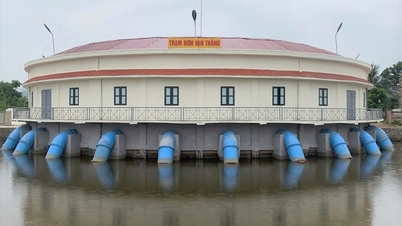



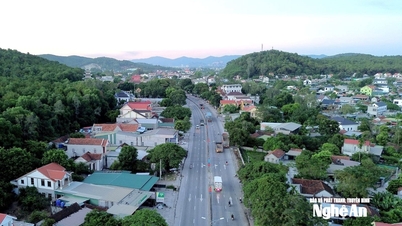



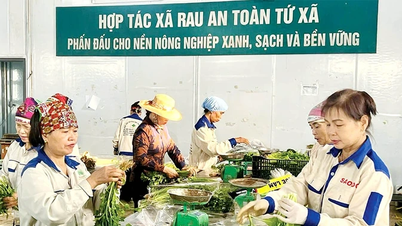
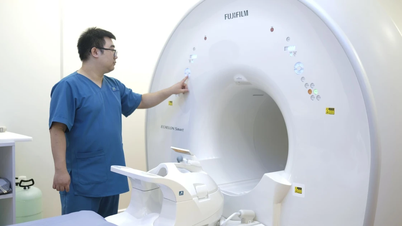

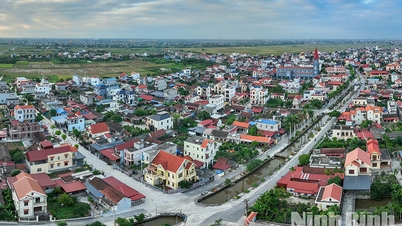

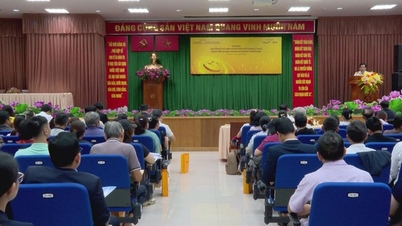




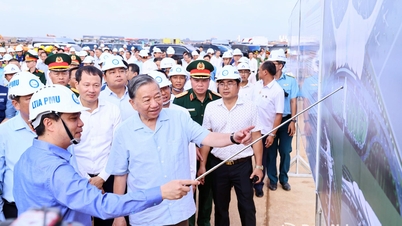






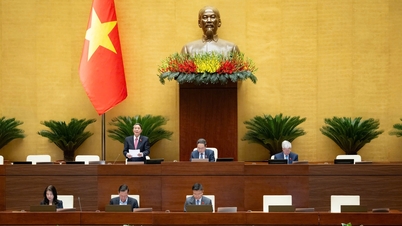
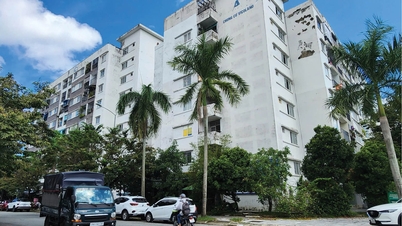


















































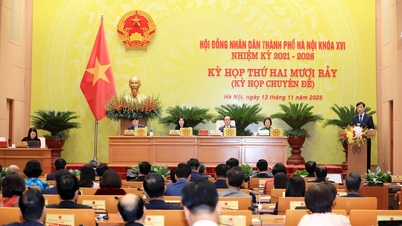



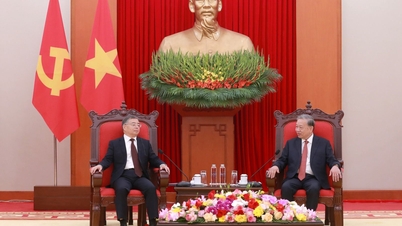



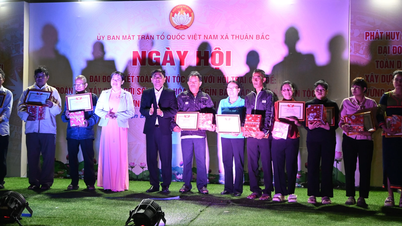

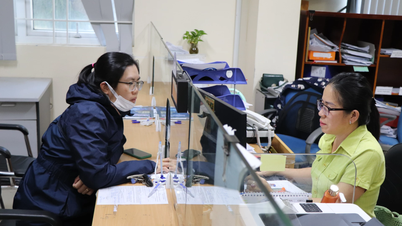





![Dong Nai OCOP transition: [Article 3] Linking tourism with OCOP product consumption](https://vphoto.vietnam.vn/thumb/402x226/vietnam/resource/IMAGE/2025/11/10/1762739199309_1324-2740-7_n-162543_981.jpeg)







Comment (0)